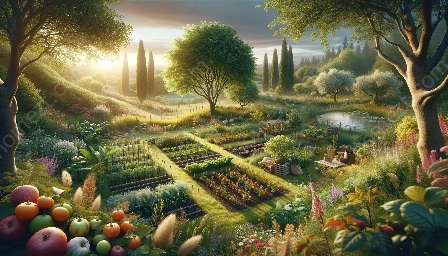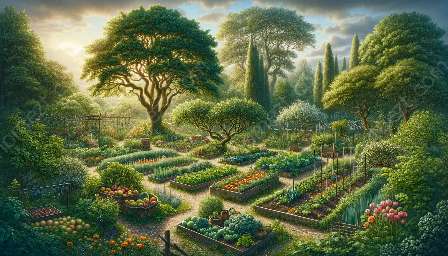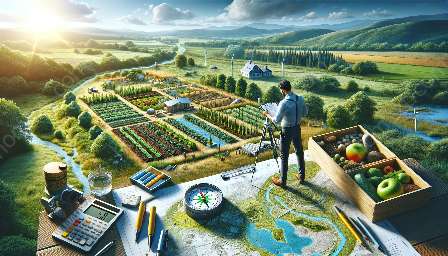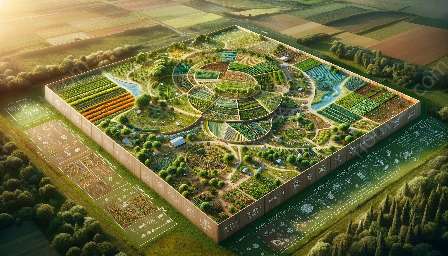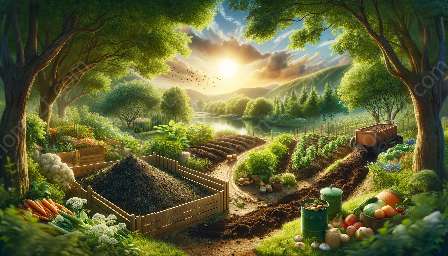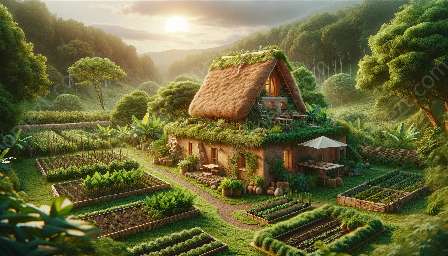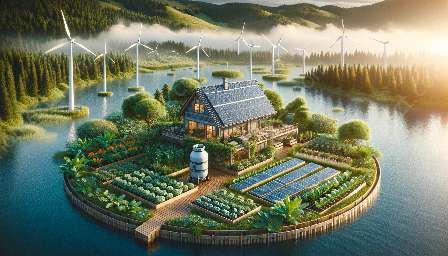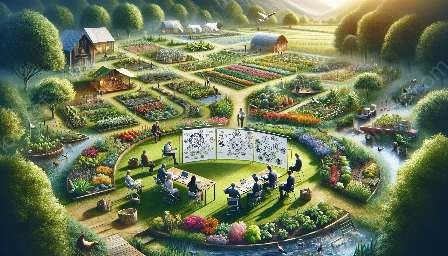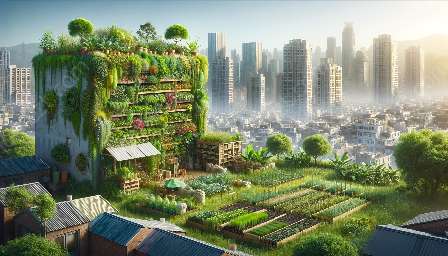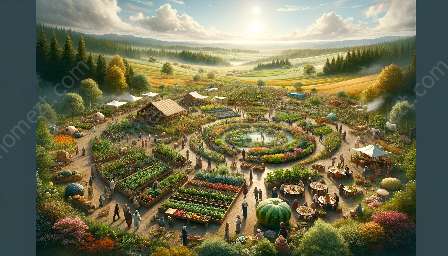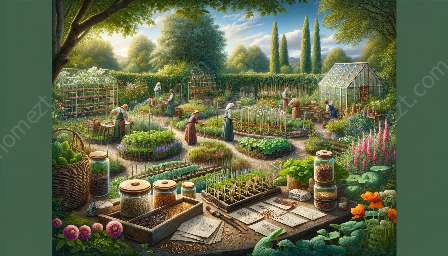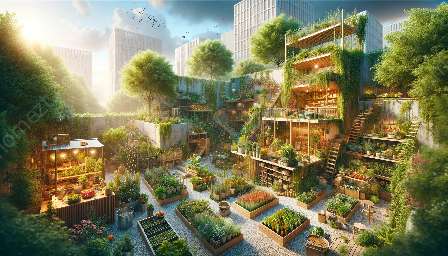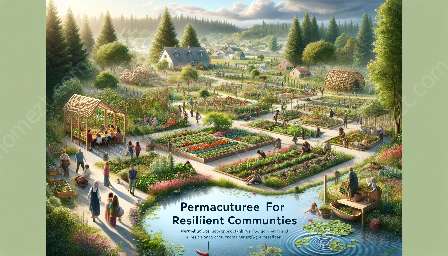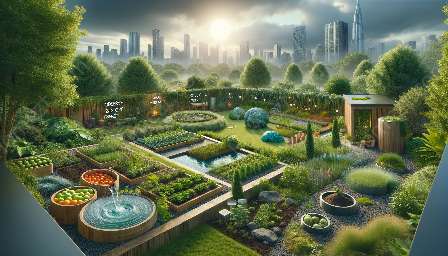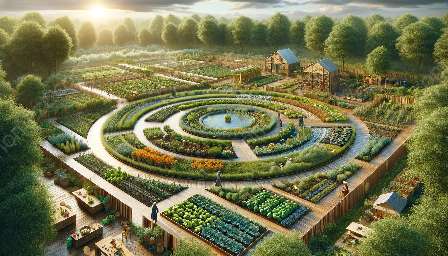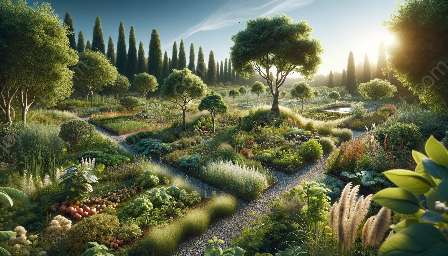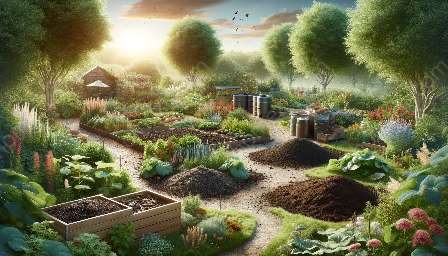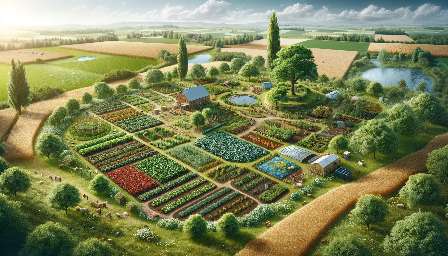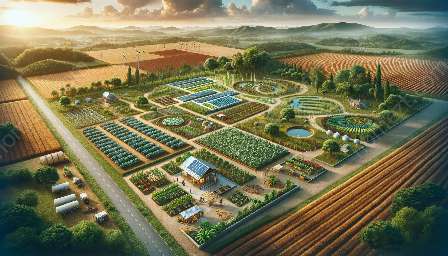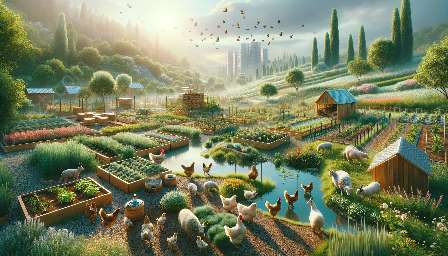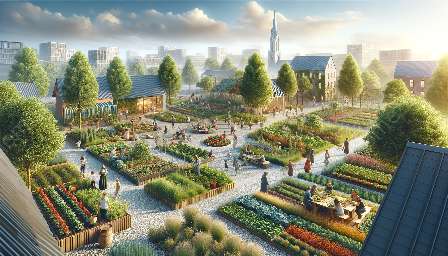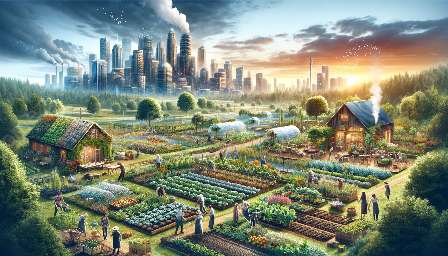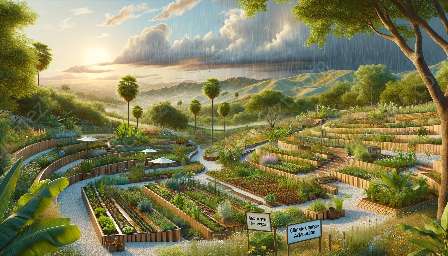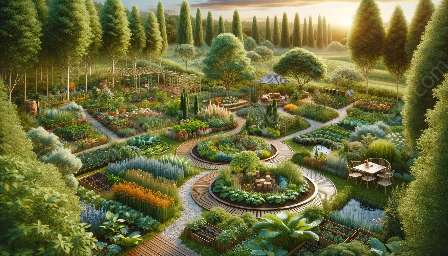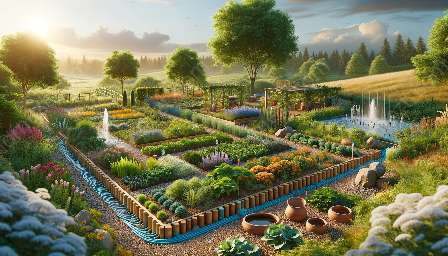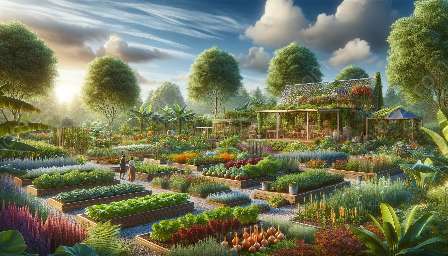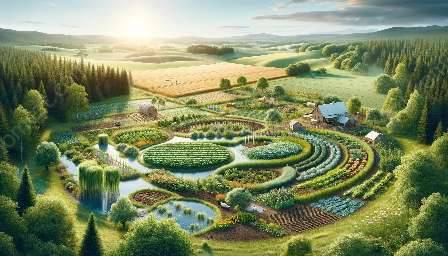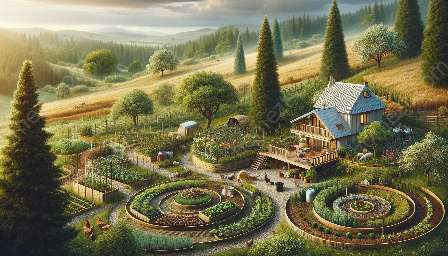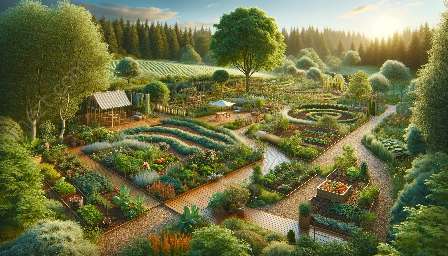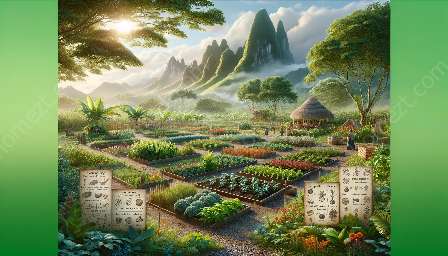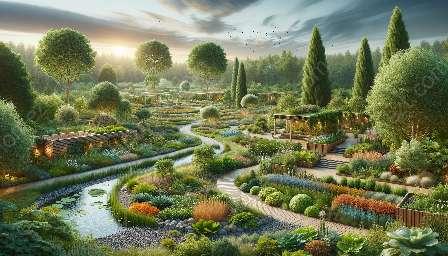Food forests and agroforestry are sustainable gardening and landscaping practices that coincide with the principles of permaculture. As a holistic approach, they emphasize the importance of plant diversity and natural patterns, resulting in productive, resilient, and ecologically harmonious systems.
Understanding Food Forests and Agroforestry
Food forests and agroforestry are systems that mimic natural forests, integrating food-producing plants, trees, and shrubs. These systems are designed to be self-sustaining, utilizing ecological principles and permaculture ethics to create abundant and diverse ecosystems. By emulating natural ecosystems, they support biodiversity and provide a wide range of ecological benefits while also yielding edible and useful produce.
Key Principles of Food Forests and Agroforestry
1. Plant Diversity: Food forests and agroforestry systems prioritize the cultivation of a wide variety of plant species, including trees, shrubs, vines, and groundcovers. This diversity enhances ecological resilience and provides multiple yields.
2. Natural Patterns: These systems are designed to follow natural patterns and processes, such as nutrient cycling, succession, and symbiotic relationships among plants, to maximize productivity and reduce the need for external inputs.
3. Regenerative Practices: Food forests and agroforestry methods promote regenerative and sustainable practices, including minimal soil disturbance, composting, water conservation, and the use of perennial plants.
Permaculture and its Relationship with Food Forests and Agroforestry
Permaculture, an ecological design system, shares many fundamental principles with food forests and agroforestry. Both permaculture and these sustainable land-use systems emphasize the importance of working with nature, valuing diversity, and creating mutually beneficial relationships among elements in the ecosystem. By integrating permaculture ethics and design principles, food forests and agroforestry contribute to the creation of resilient and productive landscapes.
Compatibility with Gardening and Landscaping
Food forests and agroforestry methods can be applied in gardening and landscaping to create beautiful and productive spaces. By incorporating these sustainable principles, gardeners and landscapers can build regenerative ecosystems that support biodiversity, soil health, and food production. Additionally, these practices offer opportunities for community engagement, education, and the celebration of nature's abundance.
Conclusion
Food forests and agroforestry represent innovative approaches to sustainable land use that blend seamlessly with permaculture principles and gardening and landscaping practices. By focusing on ecological diversity, natural patterns, and regenerative techniques, these systems offer a path toward resilient, productive, and harmonious landscapes that benefit both people and the planet.

